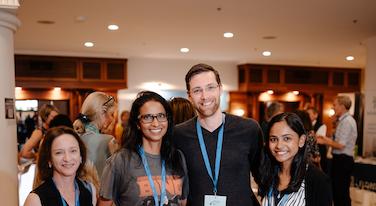Our position
The food we eat is critical to maintaining good health. When it comes to diet and eating patterns there is no one-size-fits all. There is an array of evidence-based approaches for which the “best” diet choice is subjective and dependent on many factors. These include but are not limited to culture, accessibility, traditions, preferences, prevalence of disease or illness, ethics, morals, learned behaviour, freedom of choice, education, sustainability, and affordability.
ASLM promotes a range of evidence-based dietary approaches that are based on whole nutrient dense foods and avoidance of ultra-processed products for the prevention and/or treatment of chronic disease based on biopsychosocial-cultural and spiritual personalisation. More intensive medical nutrition therapies may also be required.
Animal products can be included in a healthy diet with a focus on omega 3 rich sources such as fish and regenerative and sustainable agriculture livestock produce.
The benefits of food are not limited to specific ratios of macronutrients, but rather includes a wide number of factors including; quality and quantity of the produce, the order, timing and intervals of food intake, the unique bio-psycho-social profile of the one consuming the food, the cognitive, emotional and behavioural concepts and practices around food, the social and cultural context and sharing of food, and the ecological impacts. Hence, ASLM recommends a personalised and shared decision-making approach to nutrition.
We respect individual choice and encourage healthcare professionals and individuals to work together to determine the best choice for each person.
Key points
Below, we list a range of evidence-based diet strategies to prevent and/or treat chronic illness. This is not an exhaustive list, but rather an explanation of why there is not one single best diet from ASLM’s standpoint.
- For those with type 2 diabetes, following a low carb diet can lower blood glucose levels, reduce weight, and manage risk of developing heart disease, high blood pressure, and high cholesterol1
- Diets centred around vegetables, fruits, legumes, whole grains, and lean protein (including fish) are associated with decreased risk for depression2
- Diets including more processed and sugary foods are associated with higher risk for depression2
- For people with diabetes or at high risk for cardiovascular disease, a vegan diet can help lower overall cholesterol, weight loss and improve glycaemic control3
- For people with diabetes or at high risk for cardiovascular disease, a vegan diet can help lower overall cholesterol and improve glycaemic control3
- A semi-vegetarian (sometimes known as “flexitarian”) diet, which focuses on mostly plant-rich eating, suggests benefits for blood pressure, reduced risk of type 2 diabetes, and weight management4
- Research on the Mediterranean diet tells us the diet decreases the risk of cardiovascular disease and overall mortality5
References
- Diabetes Australia. Position Statement: Low carbohydrate eating for people with diabetes. 2018. Retrieved from: https://www.diabetesaustralia.com.au/wp-content/uploads/DiabetesAustralia-Position-Statement-Low-Carb-Eating.pdf.
Jacka, F.N., O’Neil, A., Opie, R. et al. A randomised controlled trial of dietary improvement for adults with major depression (the ‘SMILES’ trial). BMC Med 15, 23 (2017). https://doi.org/10.1186/s12916-017-0791-y - Eliška Selinger, Manuela Neuenschwander, Alina Koller, Jan Gojda, Tilman Kühn, Lukas Schwingshackl, Janett Barbaresko & Sabrina Schlesinger (2022) Evidence of a vegan diet for health benefits and risks – an umbrella review of meta-analyses of observational and clinical studies, Critical Reviews in Food Science and Nutrition, DOI: 1080/10408398.2022.2075311
- Derbyshire EJ. Flexitarian Diets and Health: A Review of the Evidence-Based Literature. Front Nutr. 2017 Jan 6;3:55. doi: 10.3389/fnut.2016.00055. PMID: 28111625; PMCID: PMC5216044.
- Harvard School of Public Health. Diet Review: Mediterranean Diet. Retrieved from: https://www.hsph.harvard.edu/nutritionsource/healthy-weight/diet-reviews/mediterranean-diet/





